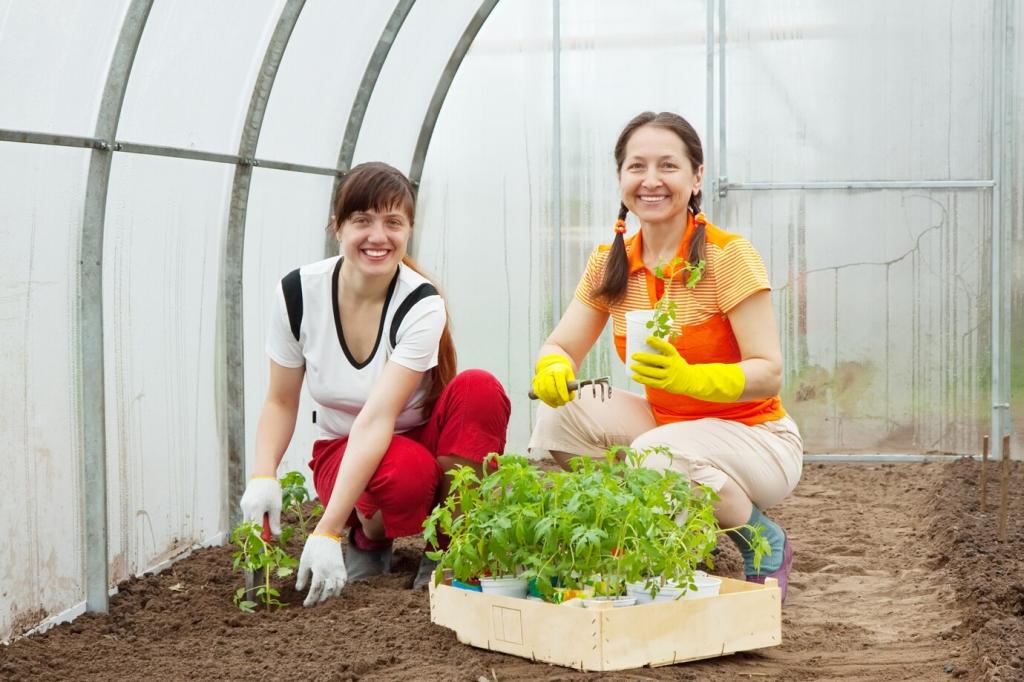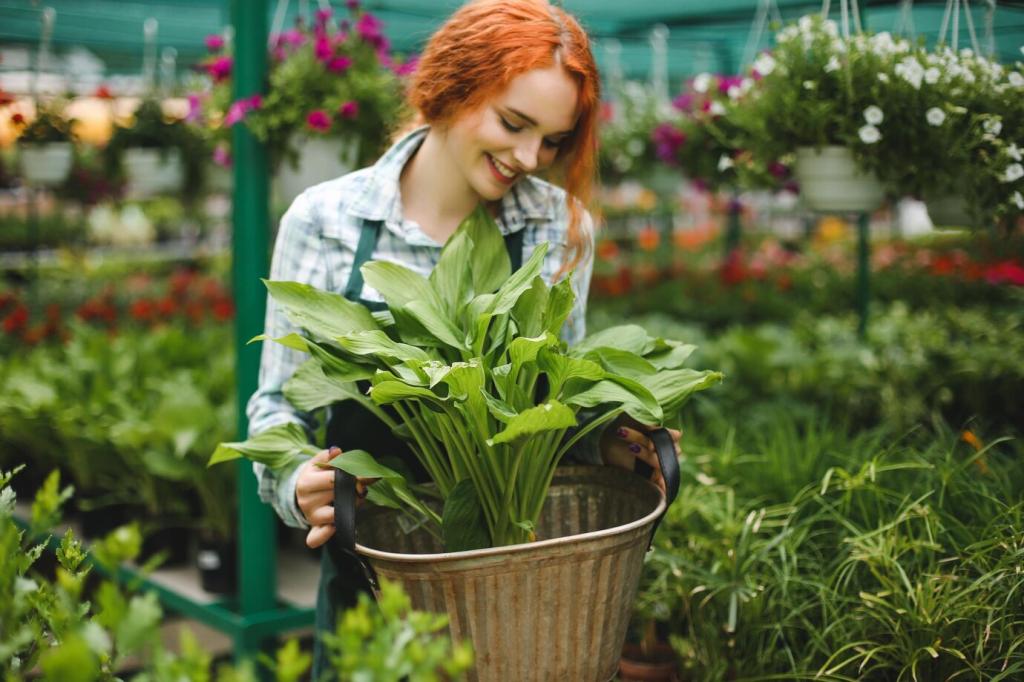Container Gardening Tips for City Living
Discover the joys of creating a lush, green oasis in the heart of the city. Container gardening allows urban dwellers to maximize small spaces and bring nature into their everyday environments. Whether you have a balcony, rooftop, or little corner by a window, these tips will help you cultivate thriving plants and transform your city dwelling into a refreshing retreat. Embrace sustainable gardening practices and add beauty, wellness, and even fresh produce to your urban lifestyle.
Choosing the Right Containers

The material of your container can impact the growth and health of your plants. Clay or terracotta pots offer excellent breathability but may dry out quickly, which can be a challenge during hot city summers. Plastic pots retain moisture better and are lightweight, making them easier to move—a useful trait for apartment dwellers who may need to shift pots to chase the sun. Metal containers, while sleek and modern, can heat up rapidly and risk scorching roots. Consider the microclimate of your urban space and choose a material that balances moisture retention, weight, and temperature control.
Selecting the Best Plants
Before picking any plant, assess the amount of sunlight your city space receives throughout the day. Many thriving container plants—such as herbs and succulents—love direct sun, but north-facing balconies or shaded patios are better suited to shade-tolerant varieties like ferns or begonias. Pay attention to wind patterns, as urban rooftops can be surprisingly blustery and may require sturdier or more sheltered options. By matching plants to your microclimate, you ensure they get the right light and withstand city weather challenges.

Ensuring Proper Care and Maintenance
Because containers dry out more rapidly than ground soil, city gardeners must develop consistent and efficient watering routines. Consider the size and material of your pots—smaller or clay pots will likely require daily attention during the summer, while larger or plastic ones retain moisture longer. Water early in the morning to minimize evaporation and allow plants to absorb moisture before peak heat. Self-watering containers can help manage hydration during busy weeks or vacations. Monitor soil moisture with your fingers, and remember: too much water risks root rot, while too little can stress your plants.
Nutrient levels in container gardens decline faster than in traditional beds, as regular watering leaches minerals from the soil. Use a high-quality, lightweight potting mix tailored for containers, and supplement with a balanced, slow-release fertilizer according to each plant’s needs. Refresh the top layer of soil every season and consider liquid feeds during active growth periods. Regularly inspect for signs of nutrient deficiencies—like pale leaves or stunted growth—and adjust your fertilization routine accordingly to support sustained plant health in compact city quarters.
While city gardens may experience fewer large pests, common issues like aphids, spider mites, or fungal diseases can still arise. Urban gardeners need to be vigilant, inspecting plants weekly for early signs of trouble such as spotted leaves or unusual webbing. Encourage beneficial insects by incorporating flowering plants and avoid harsh chemicals, which can disrupt your small ecosystem. Use organic treatments such as neem oil or insecticidal soap, and quarantine any infected containers to prevent the spread of pests. Consistent care and early intervention keep city gardens productive and stress-free.
